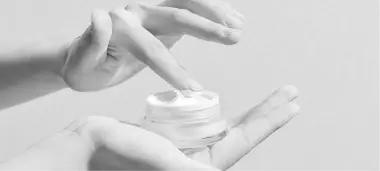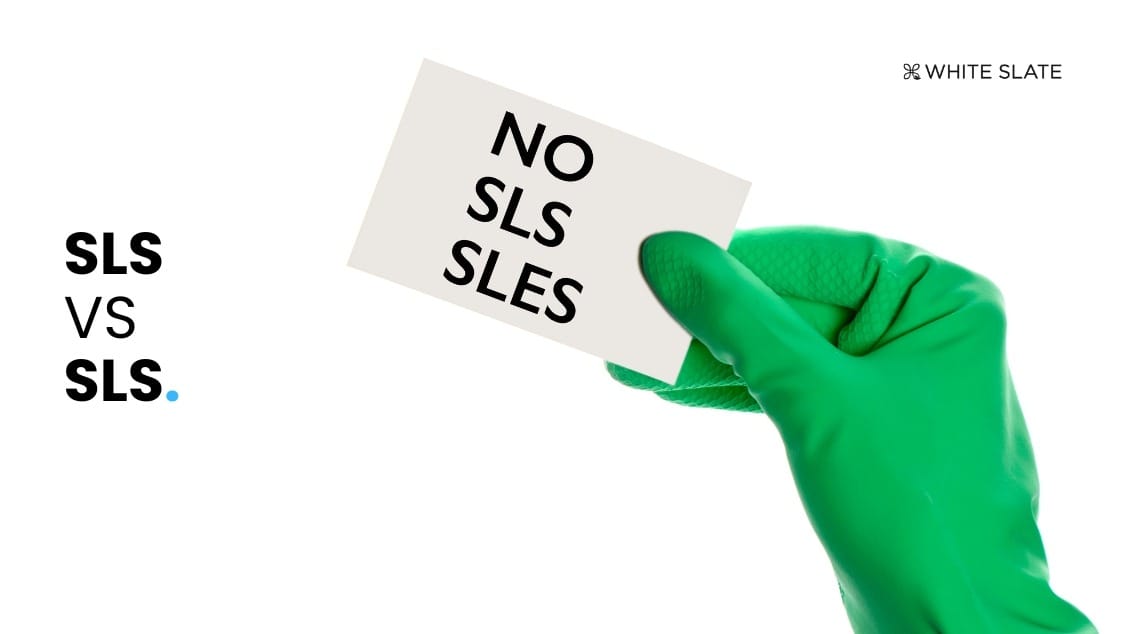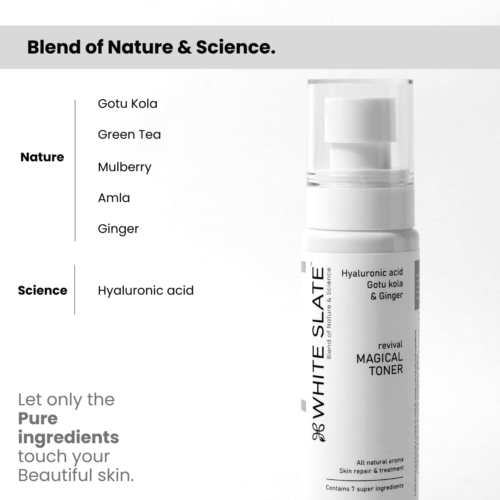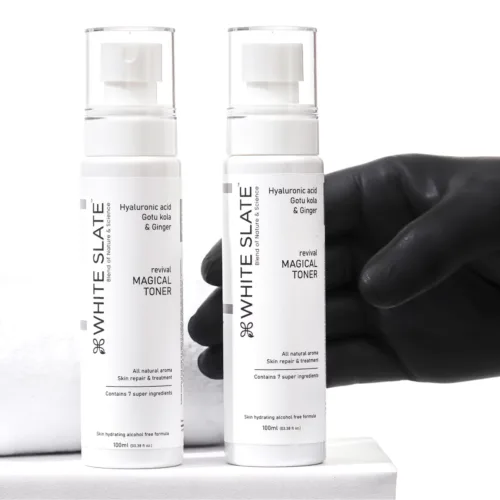Sodium Lauroyl Sarcosinate vs Sodium Lauryl Sulphate(SLS vs SLS)
Sodium Lauryl Sarcosinate is a mild cleanser derived from fatty acid and sarcosine amino acid. This ingredient also serves to clean skin and hair by mixing with oil and dirt and enabling them to be rinsed away. It reduces the irritation caused by the residue of traditional surfactants on the skin.

(The chemical structure of sodium lauryl sulphate)

(The chemical structure of sodium lauryl sarcosinate)
WHY WE USE IT?
Sodium lauroyl sarcosinate is very mild, but also very effective. What’s more, FDA approved as an indirect food additive, and CIR approved when used in rinse-off products, or in leave-on products at concentrations of 5% or less.


VS Sodium Lauryl Sulphate
One of our customers recently wondered if sodium lauroyl sarcosinate is similar to sodium lauryl sulfate, so we’re here to clear that up for anyone else who might be curious.
While they share the same initials (SLS), it’s essential to understand that sodium lauroyl sarcosinate and sodium lauryl sulfate are distinctly different.
Reduce irritation
Thanks to its gentle properties, sodium lauroyl sarcosinate can effectively reduce irritation compared to surfactants like sodium lauryl sulfate, making it a safe choice for baby products also.


Gentleness
sodium lauryl sulfate is comparatively less gentle on skin, hair and scalp whereas sodium lauroyl sarcosinate is more gentle.
Flexibility
Sodium Lauroyl Sarcosinate offers versatility in its application due to its ability to produce a rich foam across a broader pH range.


Good sebum resistance
While many surfactants struggle with sebum resistance, the findings indicate that sodium lauroyl sarcosinate outperforms sodium lauryl sulfate, AOS, SLES, and others in this regard.
For any query, feel free to contact at safeskincare@whiteslate.in








